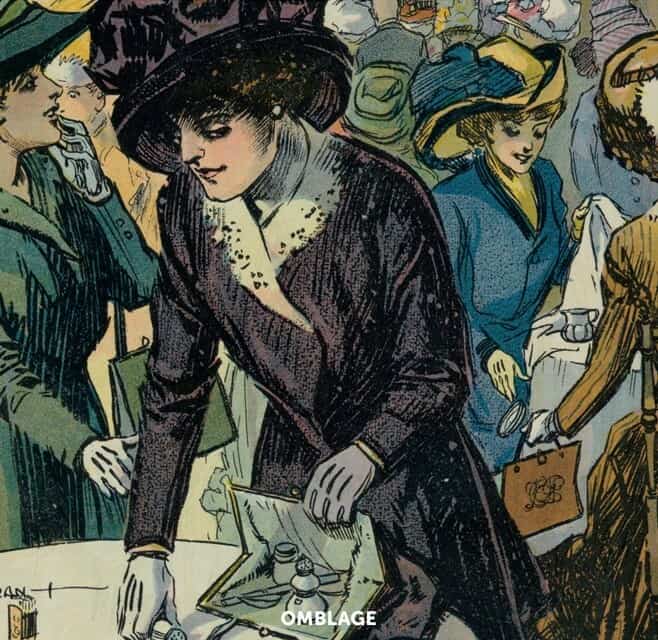In 1915, a group of elegantly-dressed women, clad in expensive clothes, furs, and jewels, exited chauffeured cars and entered London’s posh Selfridges department store. The staff showed them the usual deference extended to upscale customers, and because of the era’s prudish mores, allowed them great privacy to try out clothes. It was only after they left that Selfridges discovered that the women had stolen a fortune’s worth of jewels, furs, and clothes. They were members of the Forty Elephants, an all-female criminal gang that operated for nearly two centuries. Below are thirty things about them and other lesser-known historic criminal facts.

The Female Gang That Operated for Nearly Two Centuries
As a rule of thumb, gangs and gangland activities tend to be overwhelmingly male domains, but like most rules, there are exceptions. One such was a female gang known as the Forty Elephants. For nearly two centuries, from the 1700s, throughout the nineteenth century, and all the way into the 1950s, they held sway over a part of London. Their criminal activities were not limited to their own neighborhood. They operated across the British capital, and eventually, their reach extended throughout Britain. They got their moniker because they were based in the Elephant and Castle, an area in London’s Borough of Southwark whose most famous landmark was a pub and coaching inn that bore that name.

The Forty Elephants specialized in shoplifting, helped in no small part by the voluminous, multilayered, and complicated clothing worn by women until well into the twentieth century. The era’s prudish attitudes, which afforded women significant privacy, also made it easier for female shoplifters to escape notice. They nearly bled posh West End stores white with their shoplifting raids. Eventually, mere rumors of their presence in an upscale neighborhood sufficed to trigger panics among shop owners. They also exacted tribute from smaller gangs that engaged in shoplifting. Those who refused to pony up were beaten, and sometimes kidnapped and tortured until they changed their minds. Although store thefts were a key part of their criminal activities, it was not all that they had in their bag of tricks.

